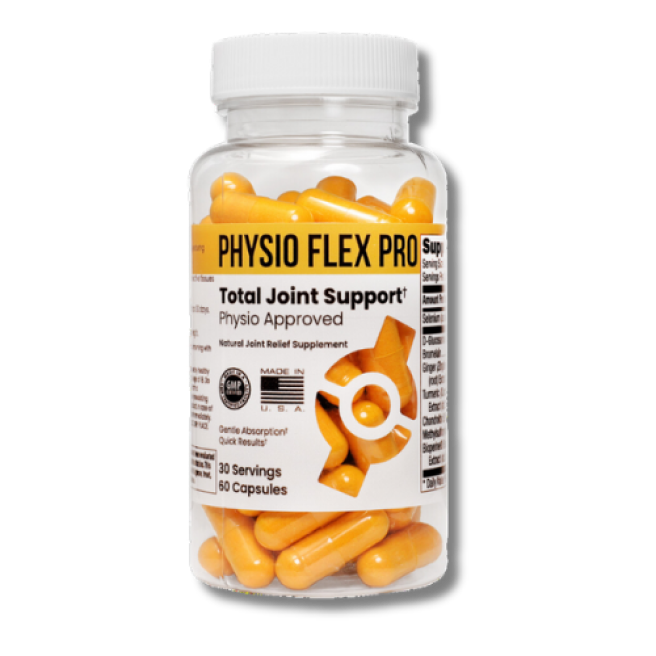Whether you're managing spreadsheets or managing a warehouse, your joints are working overtime. But here's the thing - different work styles create different joint health challenges. With over 15,000 customer reviews and a 4.7/5 rating, we've learned exactly how various work styles impact joint health. Let's break down what you need to know to keep your joints healthy, no matter your work environment.
Understanding Your Work Environment: A Tale of Two Lifestyles
The Desk Worker's World: Picture this: You're sitting at your desk, hands on the keyboard, eyes on the screen. While it might seem less demanding on your body, prolonged sitting and repetitive movements create unique challenges for your joints.
Common challenges:
• 8+ hours of sitting
• Repetitive wrist movements
• Forward head posture
• Limited mobility throughout the day
The Active Worker's Reality: Now imagine being on your feet all day, lifting, moving, and constantly in motion. While staying active is generally good for joint health, too much of anything can create stress.
Common challenges:
• Extended periods standing
• Regular heavy lifting
• Repetitive physical movements
• Variable impact stress on joints
The Joint Impact: Different Jobs, Different Pressures
Desk Worker Joint Stress Points:
- Neck and Shoulders
- Forward head position strains upper vertebrae
- Shoulder tension from mouse use
- Reduced blood flow from lack of movement
- Wrists and Hands
- Carpal tunnel pressure
- Repetitive strain from typing
- Joint stiffness from limited movement
- Lower Back and Hips
- Compressed discs from sitting
- Tight hip flexors
- Reduced core engagement
Active Worker Joint Stress Points:
- Knees and Ankles
- Impact stress from constant movement
- Pressure from heavy lifting
- Strain from uneven surfaces
- Lower Back
- Lifting-related pressure
- Twisting movements
- Extended standing strain
- Shoulders and Elbows
- Repetitive lifting stress
- Overhead movement strain
- Tool use impact
Solutions for Every Lifestyle
Desk Workers' Action Plan:
- Hourly Movement Breaks
- Set a timer for movement reminders
- Simple desk stretches
- Quick walking breaks
- Workspace Optimization
- Monitor at eye level
- Ergonomic keyboard position
- Supportive chair height
- Daily Preventive Exercises
- Morning mobility routine
- Lunch break walks
- Evening stretching
Active Workers' Action Plan:
- Smart Movement Strategies
- Proper lifting technique
- Weight distribution awareness
- Movement variation when possible
- Equipment Optimization
- Supportive footwear
- Proper tool selection
- Using assistance when available
- Recovery Practices
- End-of-shift stretching
- Proper rest periods
- Active recovery techniques
Universal Joint Health Solutions
Regardless of your work style, these fundamental practices support long-term joint health:
- Proper Nutrition
- Anti-inflammatory foods
- Adequate protein intake
- Essential minerals and vitamins
- Hydration
- Consistent water intake
- Electrolyte balance
- Reduced inflammatory beverages
- Supplementation
- Key ingredients for joint support
- Consistent daily routine
- Quality matters (94% of our customers report positive changes!)
- Movement Balance
- Cross-training activities
- Flexibility work
- Strength maintenance
Warning Signs to Watch For
Desk Workers Should Monitor:
• Persistent neck stiffness
• Wrist pain or numbness
• Lower back discomfort
• Hip mobility reduction
Active Workers Should Watch For:
• Knee or ankle swelling
• Back pain during movement
• Joint stiffness after work
• Reduced range of motion
When to Seek Help: • Persistent pain lasting more than a week • Sharp or sudden pain • Reduced mobility affecting work • Swelling that doesn't subside
The Path Forward
Remember, joint health isn't about completely changing your work style – it's about making smart adaptations and providing proper support. Whether you're at a desk or on your feet, understanding your unique joint challenges is the first step to maintaining long-term joint health.
Take Action Today:
- Identify your primary joint stress points
- Implement relevant preventive measures
- Establish a consistent support routine
- Monitor and adjust as needed
Your joints work hard every day - make sure you're giving them the support they need to keep you moving comfortably, no matter your work style.






